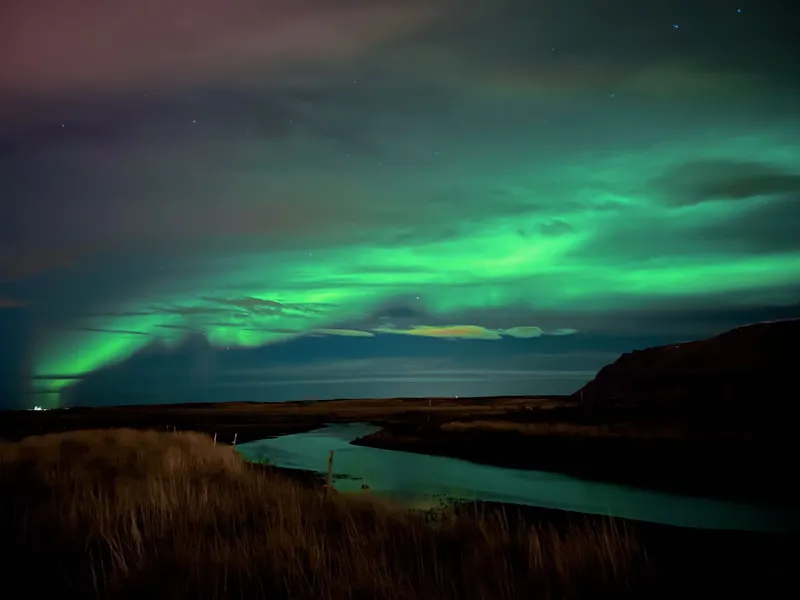When winter comes in the Northern Hemisphere, the nights get longer, and the Northern Lights start to appear. The Northern Lights are a natural phenomenon that occurs when charged particles from the sun collide with the Earth’s atmosphere. The result is a stunning display of colors in the sky, visible from many places in the Northern Hemisphere.
The closer you are to the Arctic Circle, the higher your chances of seeing the Northern Lights. However, you can see them from many places in the North: Iceland, Norway, Sweden, Finland, Canada, and even Scotland.
Can you forecast the Northern Lights?
You can usually forecast the Northern Lights in the short term, but it is impossible to predict them with 100% accuracy. The best way to forecast the Northern Lights is to check the solar activity and the weather forecast. While solar activity is the critical factor for forecasting the Aurora, the weather forecast is also essential because you need clear skies to see the lights. There have been many times when we were in Iceland, with clear skies, but we couldn’t see the lights because there was no solar activity.
With no solar activity, you can’t see the Northern Lights, no matter how clear the skies are. The more intense the solar activity, the higher your chances of seeing the Northern Lights. The solar activity is measured in KP, and the higher the KP, the better your chances of seeing the lights. The KP ranges from 0 to 9, with 9 being a very high chance to see a stunning light show if the weather is good.
In countries closer to the Arctic Circle, you can see the lights even with a KP of 2 or 3. However, in countries further away, you need a KP of at least 4 or 5 to see the lights. Sometimes, when the solar storms are strong, and the KP is very high, you can see the lights even in countries very further away from the Arctic Circle, such as the UK, the Netherlands, or even Germany.
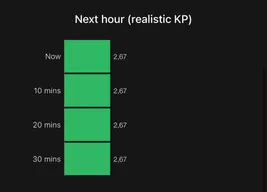
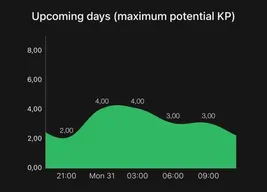
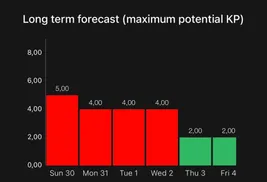
What is the best place to see the Aurora?
The best places to see the Aurora are locations at high northern latitudes, such as Alaska, Canada, Iceland, Finland, and Northern Norway. The Northern Lights are the result of charged particles from the sun colliding with the Earth’s atmosphere around the magnetic poles. Thus, the closer you are to the magnetic poles, the higher your chances of seeing the Northern Lights.
A unique spot to see the Aurora lights is from planes flying closer to the North Pole because they are above the clouds and have a clear view of the sky. We have been lucky one time to see the Northern Lights from a plane flying to Iceland from Europe. Now, every time I fly to or from Iceland, I try to get a window seat on the North side of the plane, hoping to see the lights again.
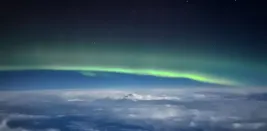
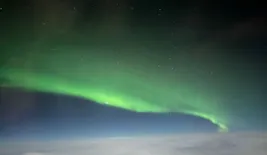
Additionally, to be in the right location, you need a place with low light pollution. The darker the sky, the better your chances of seeing the lights. Thus, you need to get away from the city lights and find a place with low light pollution. When there are very large solar storms, you can see the lights even from the city, but this is not very common and happens only a few times per year.
Also, the time of the year matters. You can see the Northern Lights only between September and March because during summer there is no darkness above the Arctic Circle. As you can see below, in Reykjavik, Iceland, there is no darkness between mid-April and early September. Thus, you can’t see the Northern Lights during this time of the year.
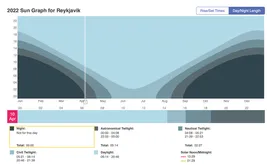
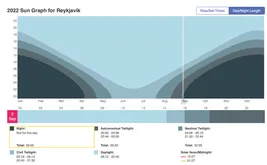
Tools to forecast the Northern Lights
There are three things that we check when trying to forecast the Northern Lights: the solar activity, the weather forecast, and the moon phase. For these, I use different apps and websites, which I will list below.
Solar activity is the most important factor because without it you cannot see the Aurora. I prefer the app called trueMy Aurora on iOS and trueMy Aurora Forecast & Alerts on Android for checking the solar activity and the KP index. The app is very easy to use and shows you the KP index forecast for the next few days.
For checking the weather forecast, I use the trueWindy app. It is a very powerful app that shows you the weather forecast for the next few days. It also shows you the cloud coverage, which is very important when trying to see the Northern Lights. You need clear skies to see the lights, so you need to make sure that the weather is good.
Lastly, I check the moon phase, because the moon can be very bright and can make it difficult to see the Northern Lights. The best time to see the Northern Lights is when there is no moon, or when the moon is in the first or last quarter. The app that I use for checking the moon phase is trueSkyView Lite. It is a very simple app that shows you the moon phase and the position of the moon in the sky at any given time. Bonus, you can also use it to see the stars and constellations.
Other helpful tools to forecast the Northern Lights are:
- truehttps://www.gi.alaska.edu/monitors/aurora-forecast
- truehttps://www.swpc.noaa.gov/products/aurora-30-minute-forecast
- truehttps://auroraforecast.com/
- truehttps://en.vedur.is/weather/forecasts/aurora/
For more information about the Northern Lights, check out our other articles:
 Travelfoss
Travelfoss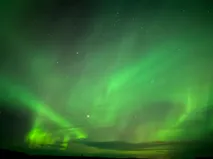
We spent 24 consecutive days this season chasing the Northern Lights. We learned a lot from it, and we also managed to witness some of the most spectacular lights.
 Travelfoss
Travelfoss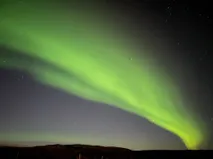
Last, but not least, make sure you stay warm while photo shooting the lights!
 Travelfoss
Travelfoss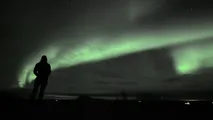
Related Travel Articles
- What You Should Know Before Photographing the Northern Lights with Your iPhone - Aurora Borealis
- How to Take Photos of the Northern Lights with Your Phone Camera - Aurora Borealis
- How To Stay Warm While Photo Shooting The Northern Lights - Aurora Borealis
- The Diary Of 24 Consecutive Days Of Northern Lights Chasing - Aurora Borealis
- Northern Lights Myth Busting - Aurora Borealis
- 7 Most Common Northern Lights Chasing Mistakes - Aurora Borealis
- How To Chase and Forecast The Northern Lights - Aurora Borealis
- How to Photo Shoot The Northern Lights With Your iPhone - Aurora Borealis
- 7 Unique Travel Destinations for 2024
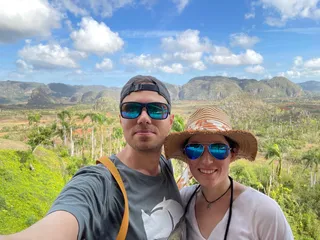
Writing free, independent and personal travel content since 2021. If you appreciate what we do, then you can return the favor by using the affiliate links below.
- Get your accommodations on Booking.com
- Buy your gear and gadgets from Amazon
- Book flights using Expedia
- Book activities on Get Your Guide
- Book guided trips on G Adventures
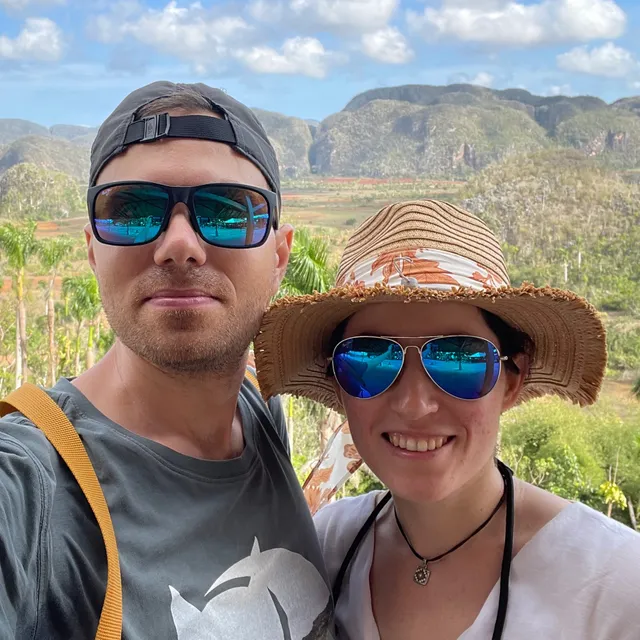
Writing free, independent and personal travel content since 2021. If you appreciate what we do, then you can return the favor by using the affiliate links below with no cost for you.
